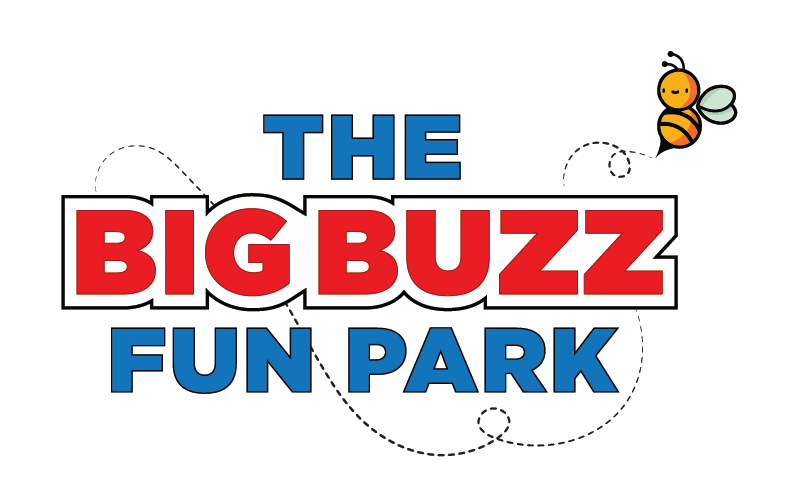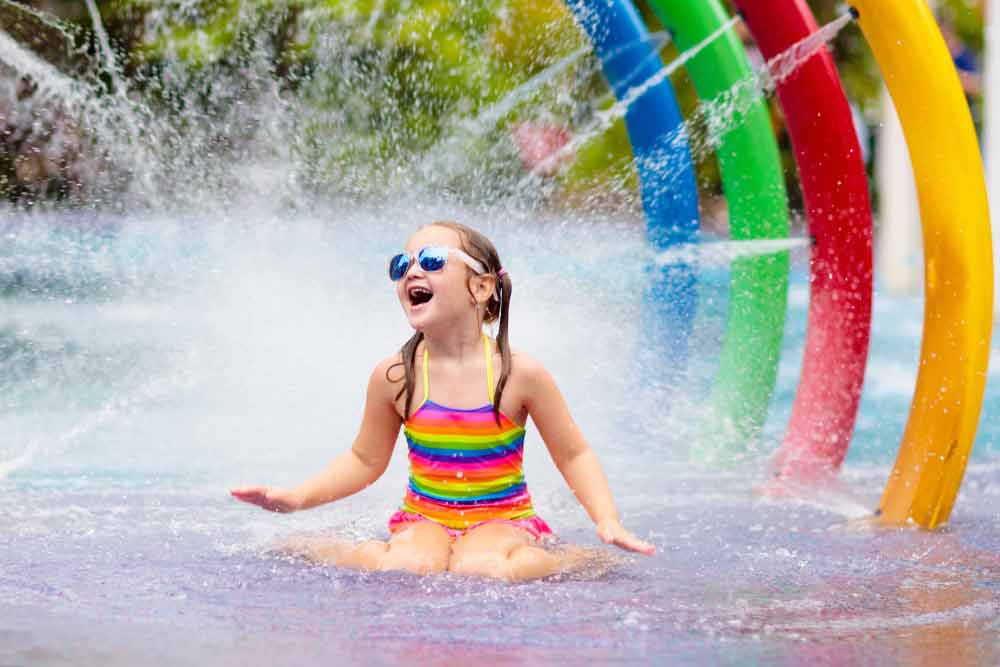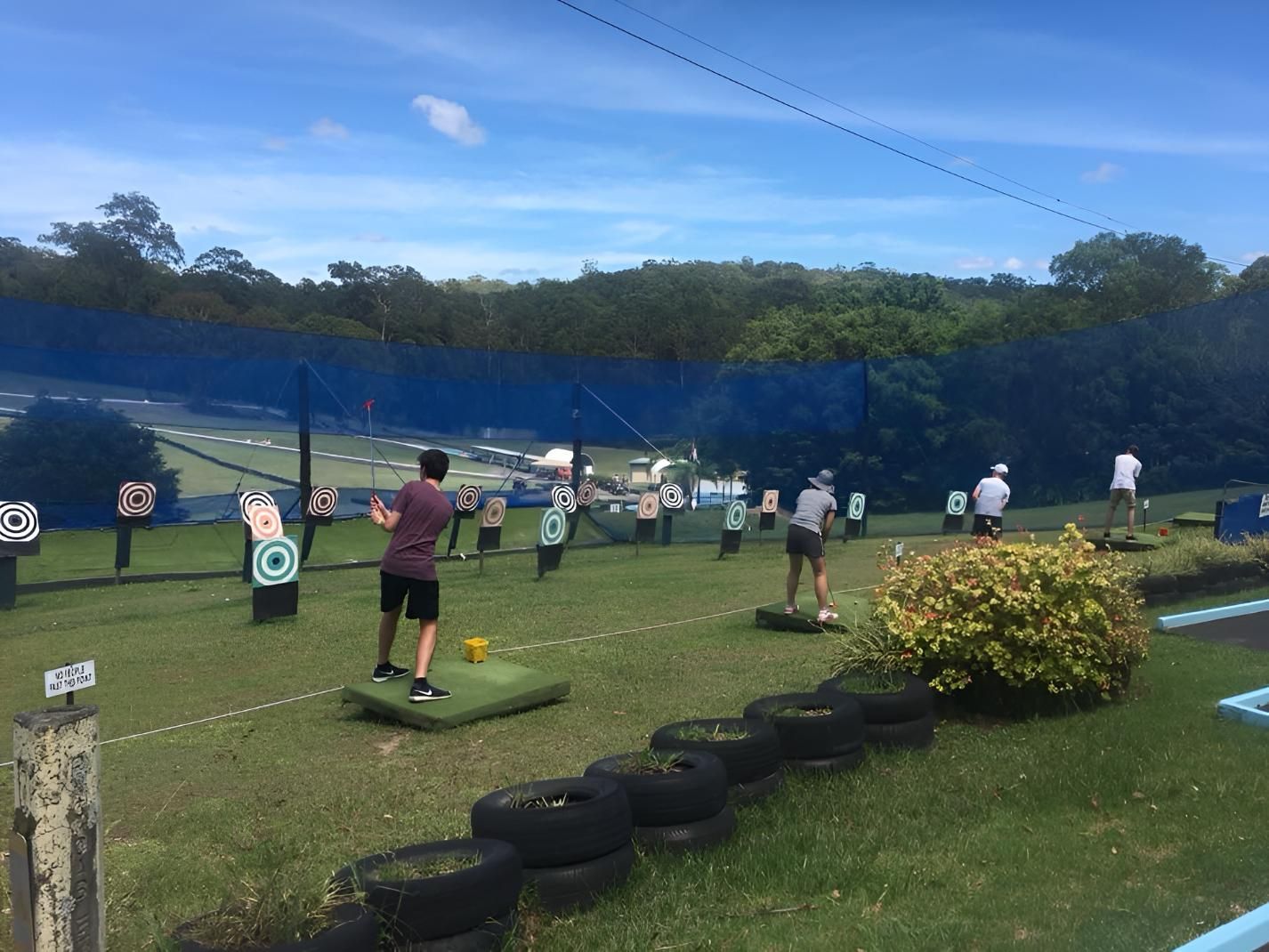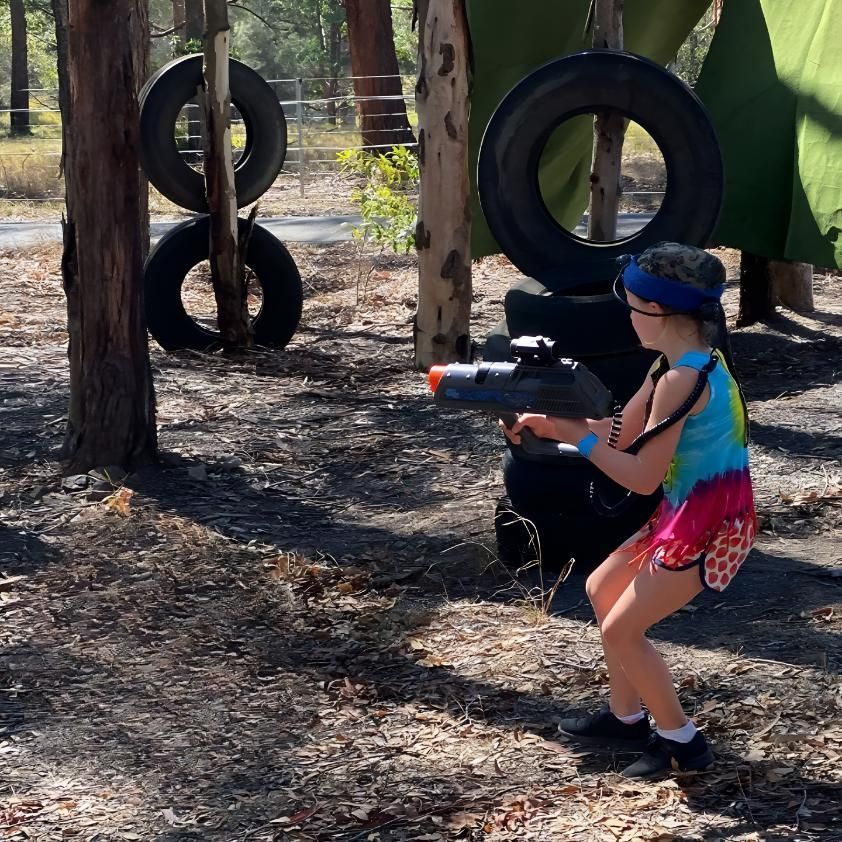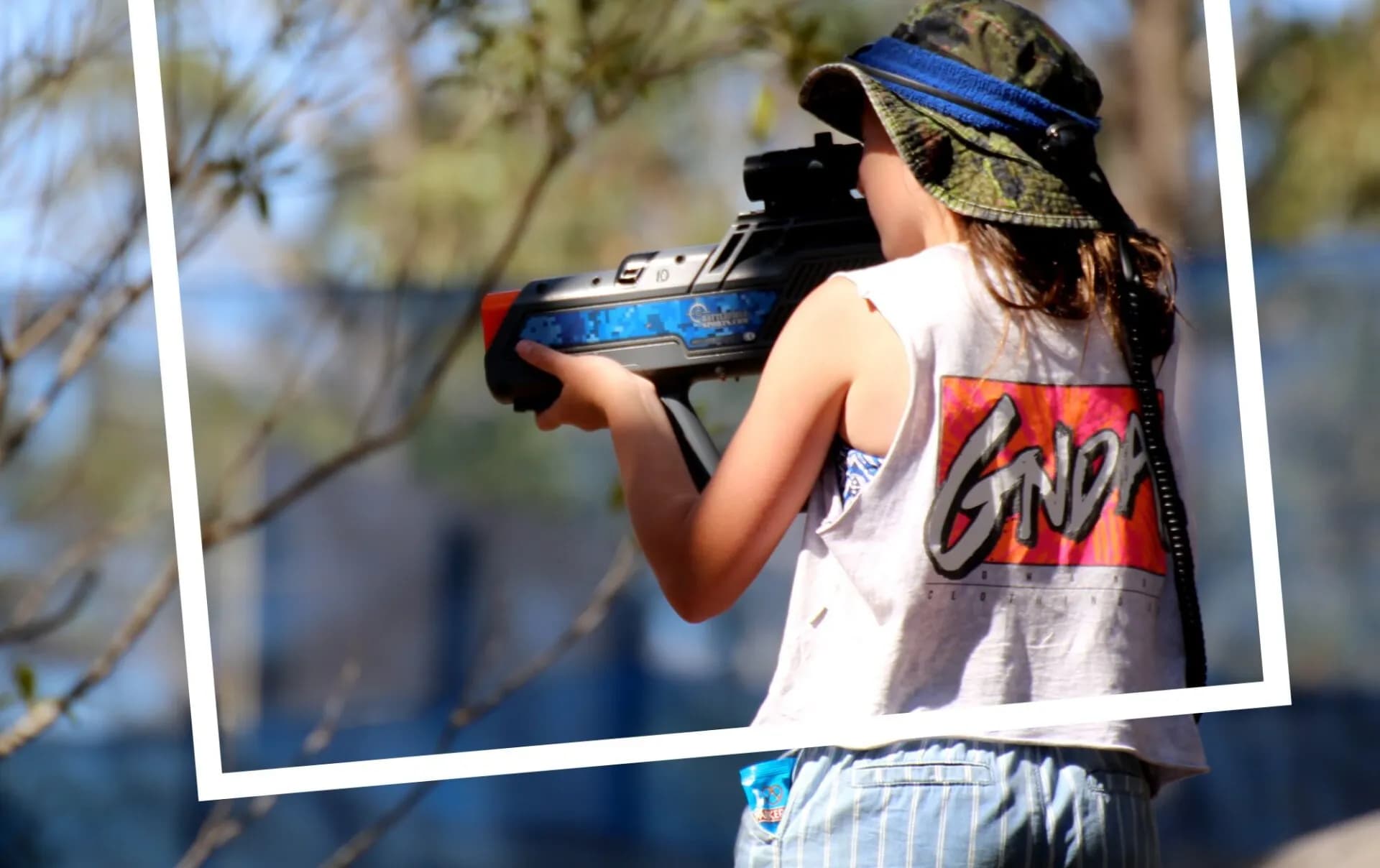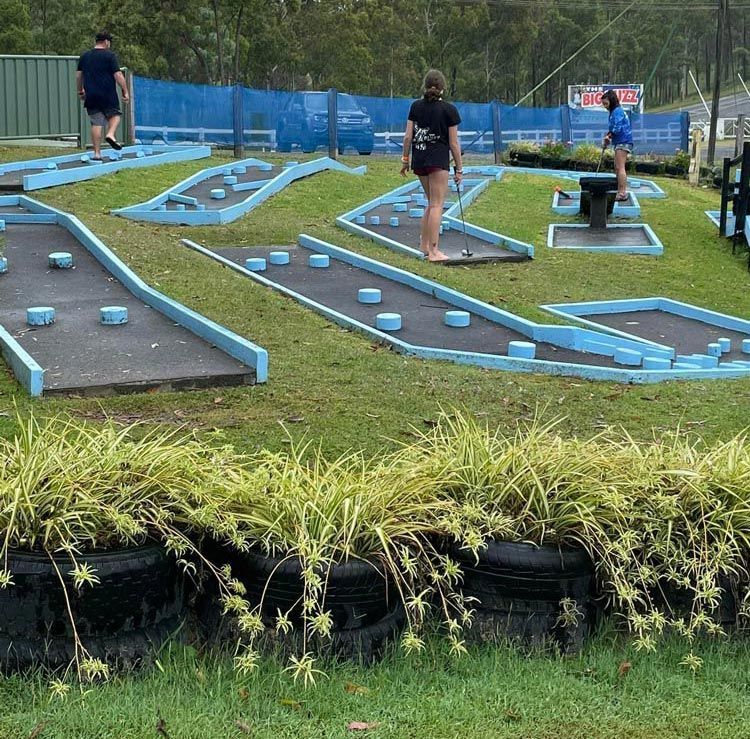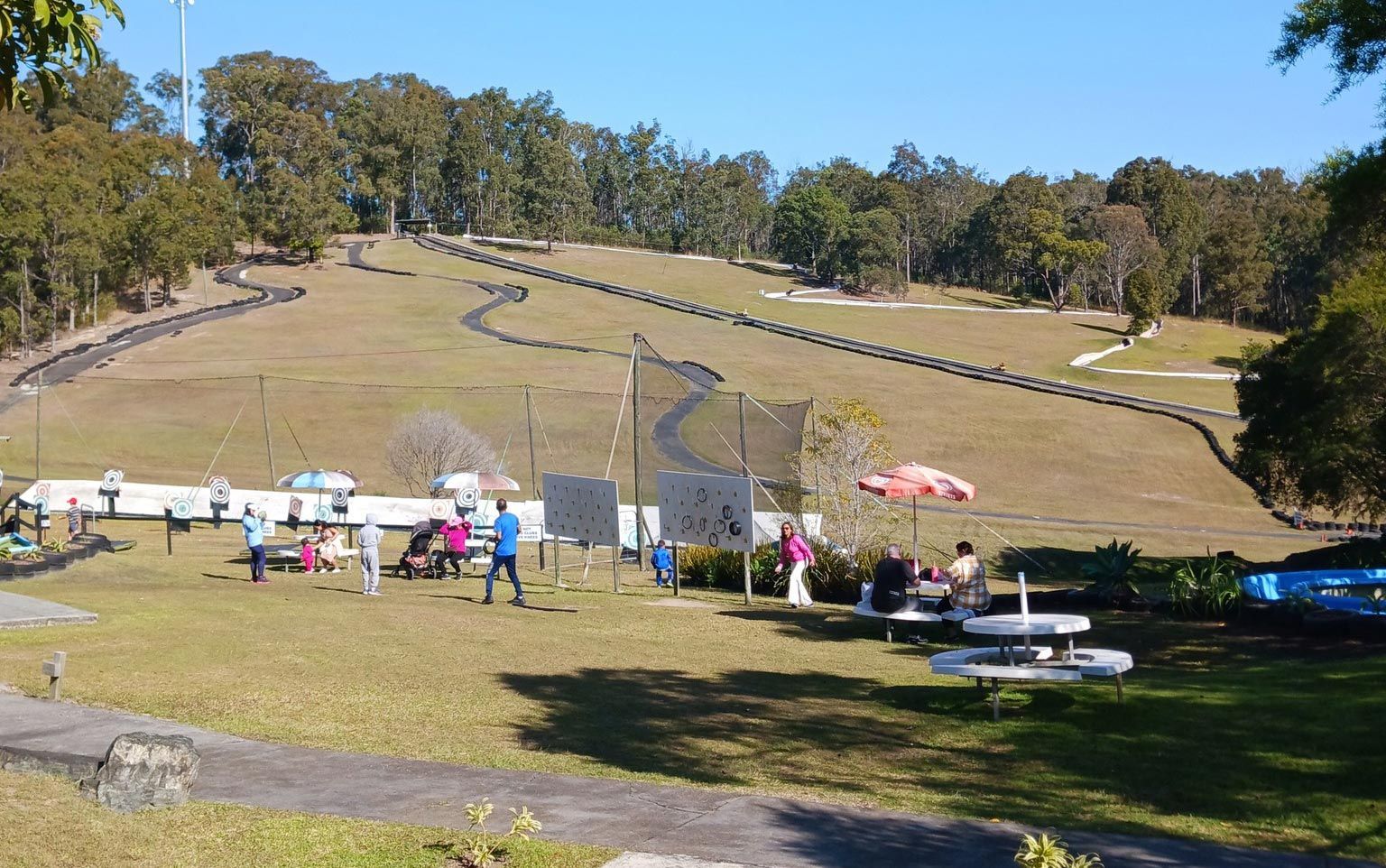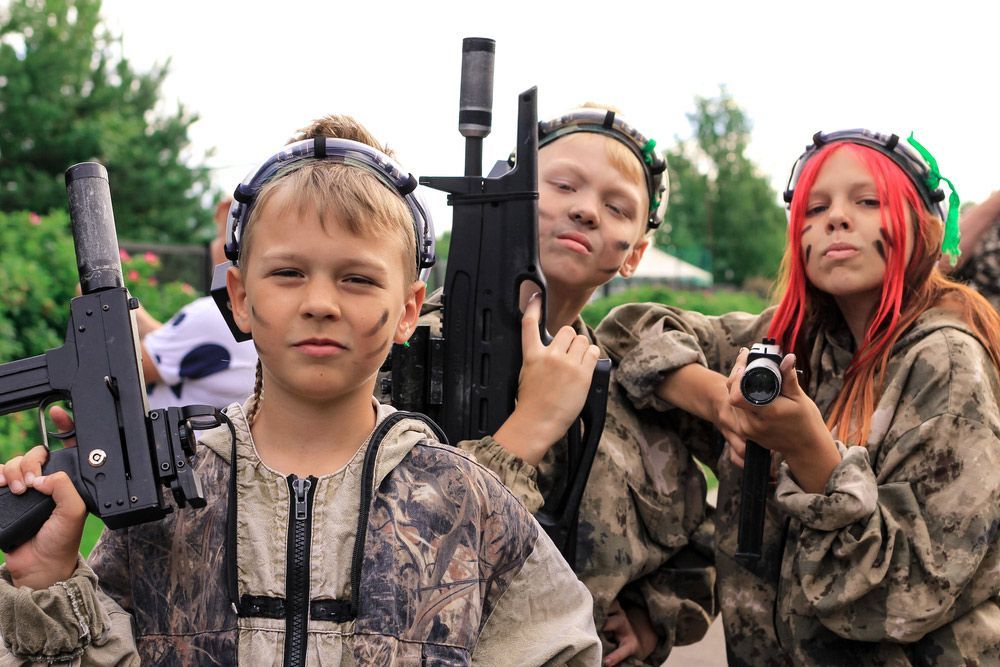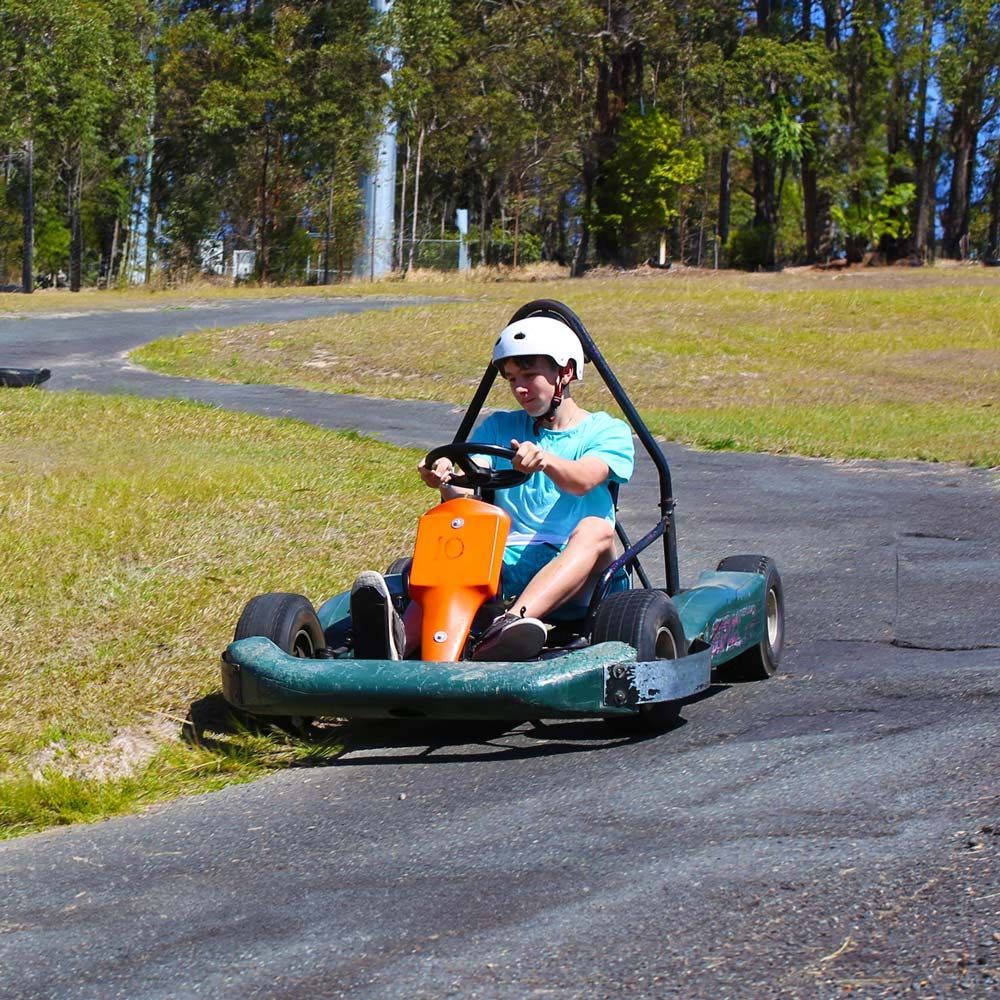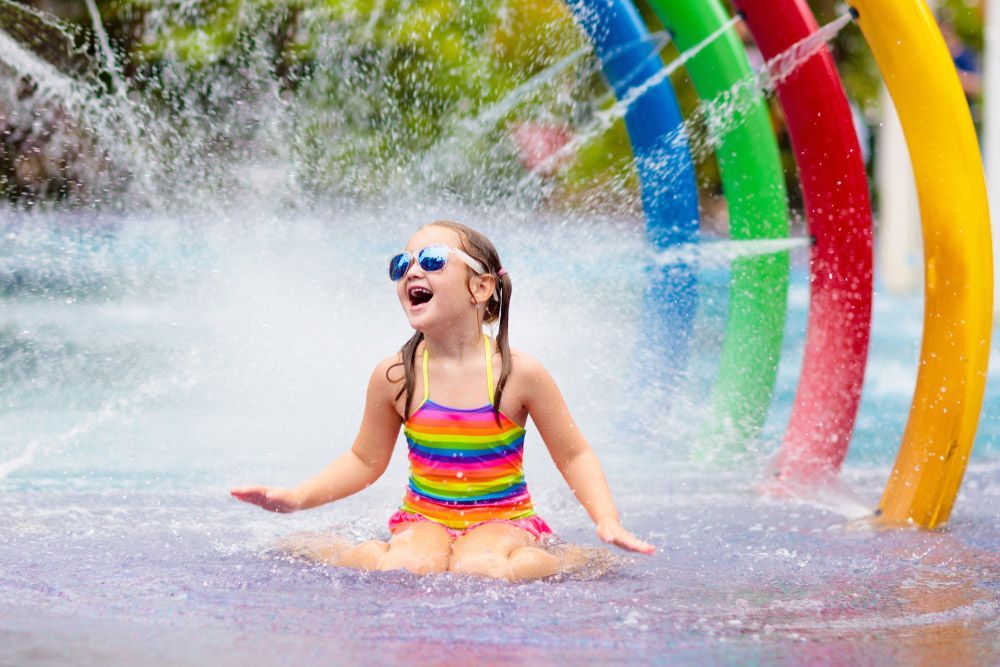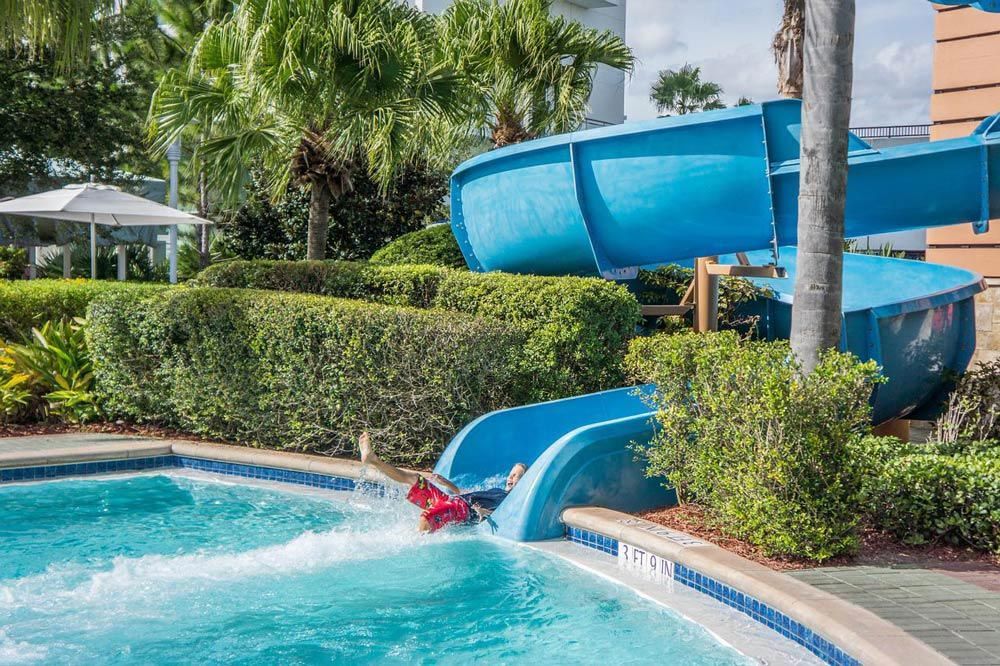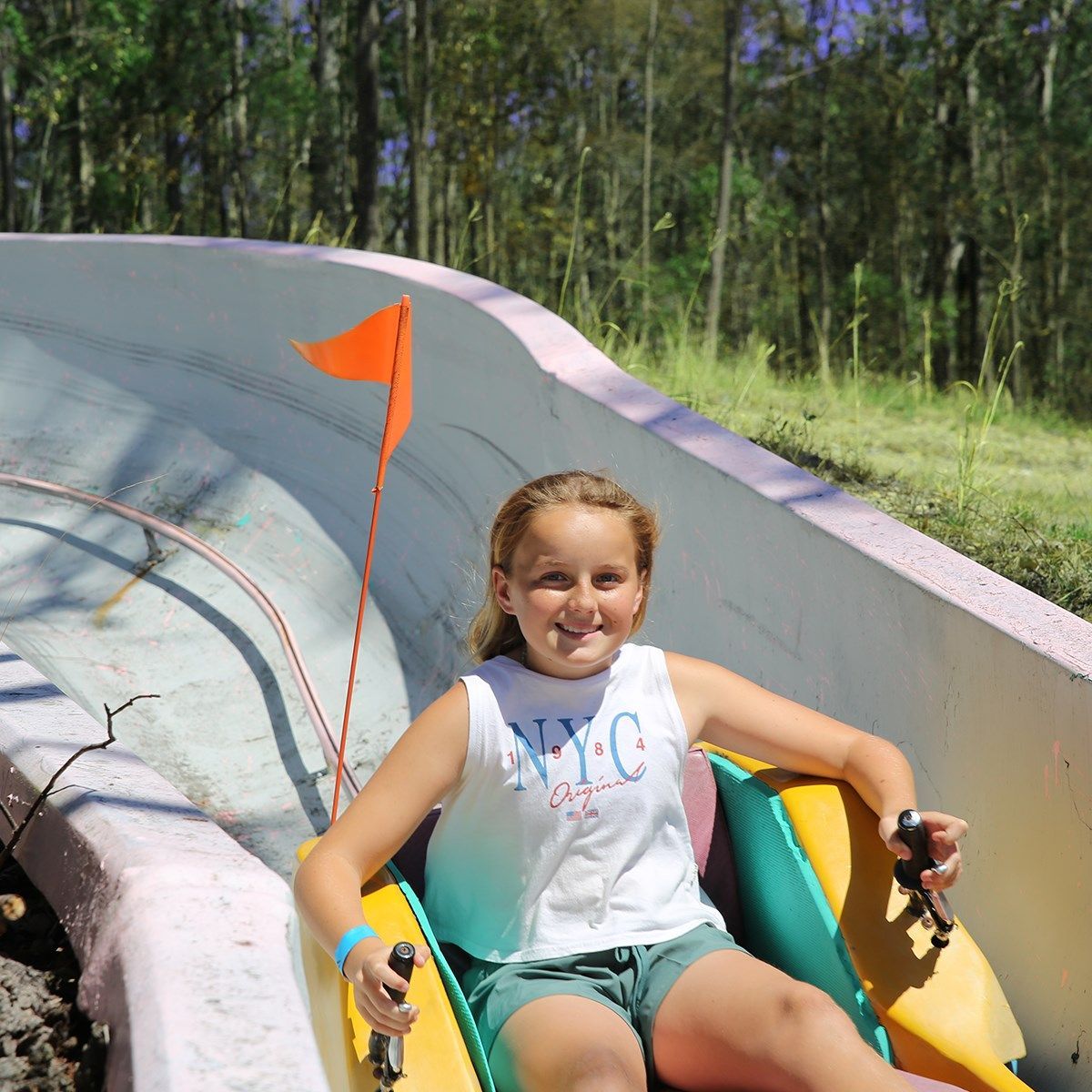Water Safety Education: What Kids Can Learn at a Water Park
Water Safety Education: What Kids Can Learn at a Water Park
Family days out at a water park are packed with fun, excitement, and plenty of splashes. But beyond the thrills of slides and wave pools, water parks offer something even more valuable—an immersive learning experience for children. These environments, designed for safety and supervised interaction, are ideal for teaching important water safety skills that last well beyond the day’s fun.
Water safety is a life skill; the earlier children learn, the better. Children who engage with water in a safe, controlled setting absorb vital safety behaviours almost naturally. Here’s how water parks provide the perfect environment for building water confidence and awareness through observation, play, and gentle instruction.
Learning the Basics: Pool Rules Kids Actually Remember
The first step toward water safety is understanding and respecting the rules. At water parks, rules are often presented in child-friendly language and visual signage, making it easier for kids to follow and retain them. These rules become part of the experience, not just something to ignore.
By reinforcing safe behaviour as part of the fun, kids start seeing these rules as not limitations but as essential habits.
- Rules such as “no running” or “no diving in shallow areas” are clearly marked and explained.
- Colour-coded signage and simple icons help younger children recognise important instructions.
- Repeated exposure in a fun setting helps embed these lessons without resistance.
Visual learning and real-time reinforcement help children develop rule-following behaviour that is transferable to beaches, public pools, and other water environments.
Reading the Signals: Understanding Lifeguard Communication
Lifeguards do more than just supervise—they use specific cues to communicate with children and adults. Water parks help kids become familiar with these signals in a practical way, making them more alert and responsive in aquatic environments.
Children begin associating lifeguard actions with their safety and learn how to adjust their behaviour when they see or hear these cues.
- Whistles are used to gain attention or signal that a rule has been broken
- Arm signals and voice instructions are demonstrated clearly and calmly
- Children learn to stop, look, and listen when lifeguards interact
Turning Play into Practice: Safe Water Games that Teach Caution
Structured play is a powerful tool for learning. Many water parks include interactive zones that require kids to think, coordinate, and move carefully, all while having fun. These moments are opportunities to build situational awareness and control.
Encouraging children to explore boundaries in a secure space allows them to assess risk and play more safely.
- Obstacle courses require balance and timing, teaching spatial awareness
- Water cannons and timed splash zones promote turn-taking and observation
- Interactive play areas help children develop respect for others’ space
From Fear to Fun: Boosting Confidence in Shallow Zones
Not all kids jump into the deep end with enthusiasm. For those more hesitant, shallow splash areas offer a low-pressure introduction to the water. Gradual exposure in a fun setting helps turn fear into familiarity.
Children learn at their own pace, without feeling forced, which is vital in building long-term confidence around water.
- Shallow pools and splash pads let children experiment safely
- Interactive features like fountains and sprays distract from water anxiety
- Parents can be supported by those nearby, offering reassurance and encouragement
These early positive experiences form the emotional groundwork that supports more advanced swimming skills later on.
Depth Awareness: Teaching Kids to Respect Water Levels
Understanding depth is one of the most important safety lessons. Children need to know where it’s safe to stand, swim, or float—and how that can change quickly. Water parks are designed with gradual depth changes and clear signage that helps kids visually and physically understand these differences.
Depth awareness prevents children from accidentally venturing into areas that exceed their skill level.
- Gradual inclines help children feel changes in footing
- Height markers and depth signage create visual learning opportunities
- Slide exit zones and deep areas are clearly separated from wading zones
The Buddy System: Encouraging Team Safety Habits Early
Playing with a friend at the water park is not just more fun—it’s safer. The buddy system is a simple but effective safety practice that teaches children to look out for each other. It also helps staff monitor groups more effectively.
Having a buddy adds another layer of accountability and connection in an environment where distractions are everywhere.
- Kids are encouraged to stick with their friends when moving between attractions
- Signage and verbal reminders promote staying together
- Being responsible for a buddy helps develop empathy and group awareness
Staff & Parents as Role Models: Reinforcing the Right Behaviour
Children often learn more from observation than from instruction. Staff and parents who model good water behaviour set a visible standard. Whether waiting patiently in line or responding to lifeguard cues, these actions speak volumes.
Positive reinforcement from staff and parents reinforces the message that safety is a group effort.
- Staff use friendly, clear language to enforce safety expectations
- Parents demonstrate safe entry, exit, and play behaviour
- Adults correct unsafe behaviour calmly and consistently
Making Water Safety Fun: Why Kids Learn Better Through Play
One of the biggest advantages of learning at a water park is that safety lessons come through fun, not fear. Kids don’t even realise they’re absorbing life skills because the delivery method is engaging and rewarding.
This form of experiential learning helps children remember what they’ve learned and apply it in different settings.
- Fun environments lower anxiety and promote openness to learning
- Repeated exposure through play builds muscle memory and instinctive reactions
- Kids build confidence through small, safe risks that are part of the fun
Plan Your Next Family Adventure at Water Park in NSW
Every splash at The Big Buzz Fun Park is a step toward safer, smarter swimming. We’re proud to offer a place where families can relax, children can learn through play, and essential life skills are gained in the most enjoyable way possible.
You can also get in touch through our contact page to learn more about how our park encourages water confidence and safety through fun. We look forward to welcoming your family for a day full of fun, laughter, and learning that lasts a lifetime.
